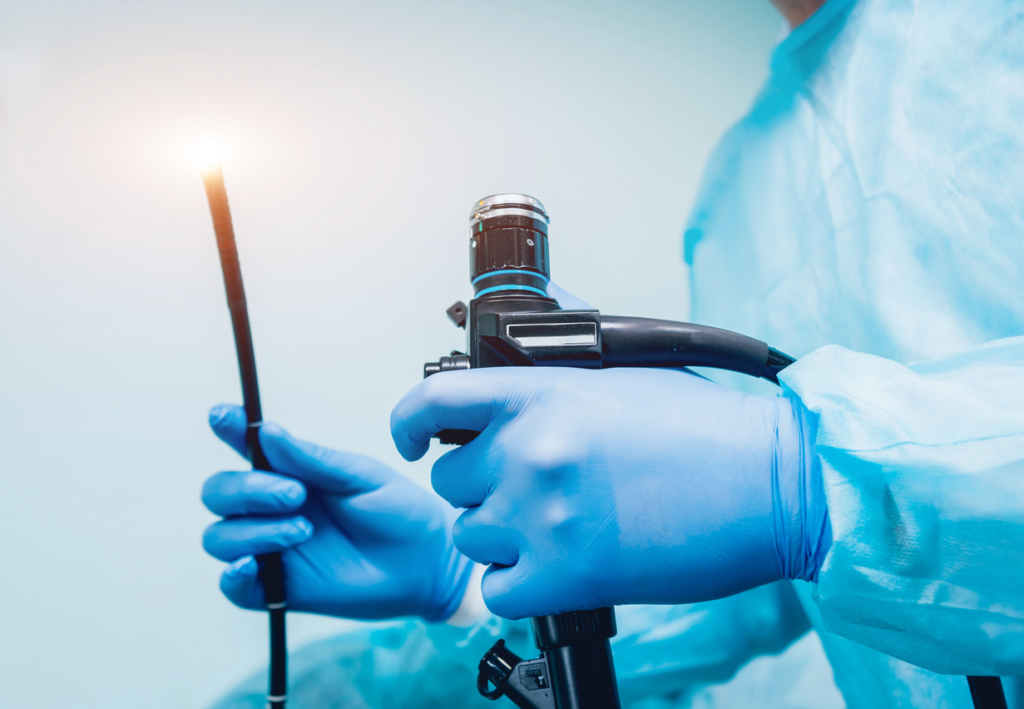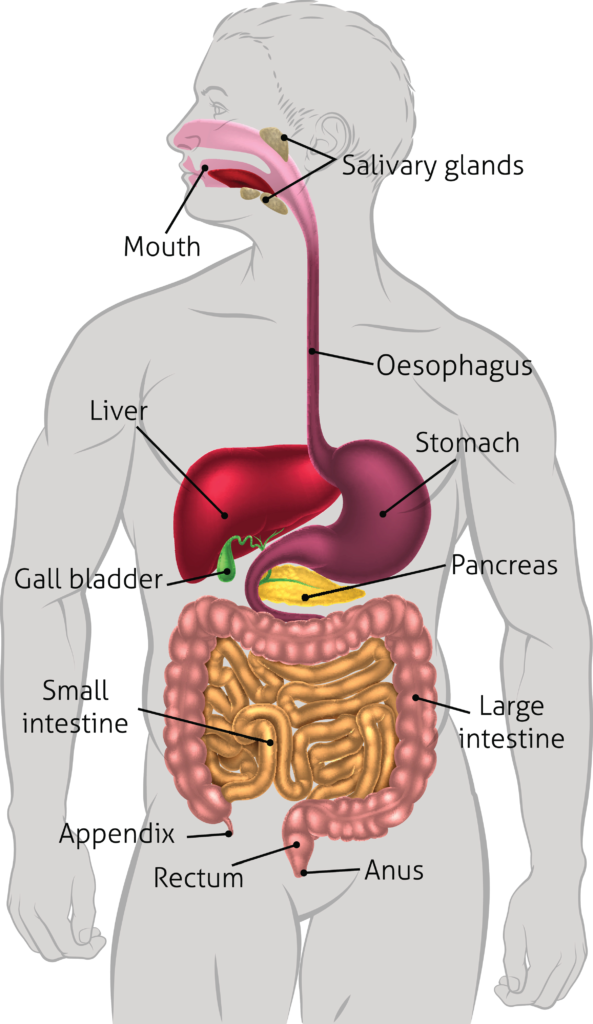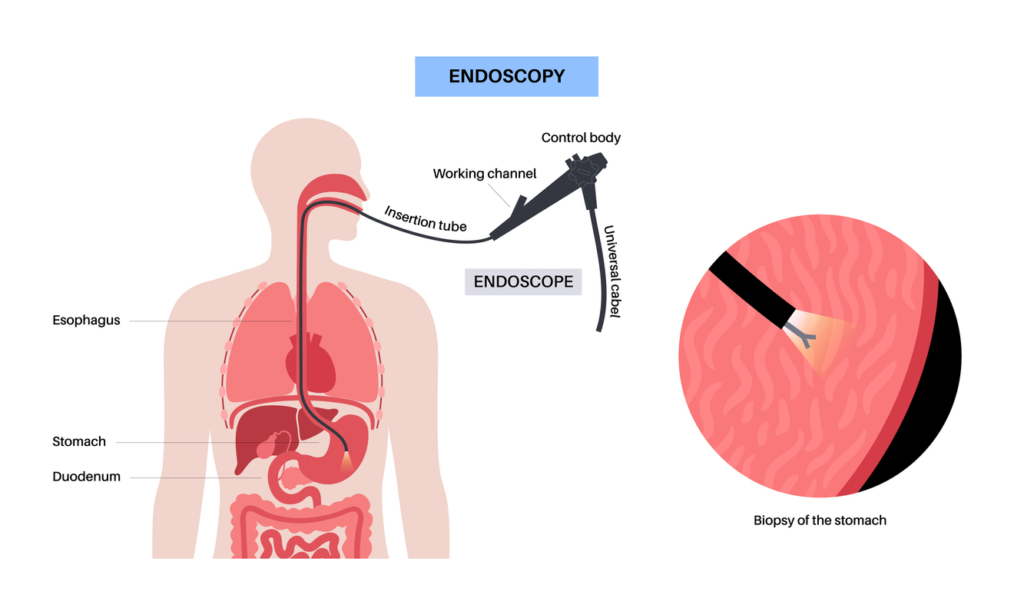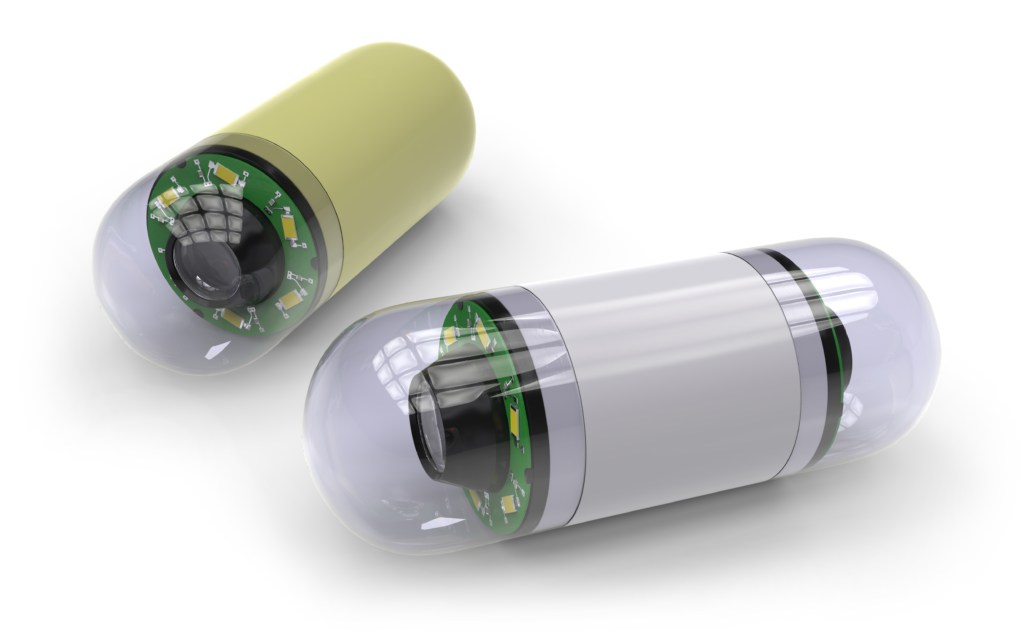Discover how endoscopy can diagnose, and treat a wide range of gastric diseases, bringing relief and healing. Learn more about this minimally invasive procedure today!
Disclaimer
The content on this website is intended for informational purposes only, and is not a substitute for professional medical advice, diagnosis, or treatment. Discuss any information from this website with a qualified healthcare provider or licensed medical professional to determine its relevance and suitability for your individual health needs.
What is Endoscopy?
Endoscopy is a procedure that involves using an endoscope, a long, thin, flexible tube with a light and camera at one end.

Credit: iStock
It allows doctors to see what’s going on inside your body. It’s particularly useful to find and treat problems in our digestive system.
Endoscopy for Digestive Disorders
In this article, we will focus on using endoscopy to diagnose disorders in the digestive system.
However, doctors also use endoscopic procedures to diagnose diseases in other parts of the body, including the ears, nose, throat, heart, and areas of the brain.
What is the Digestive System?
The digestive system is a complex system that starts from the mouth and ends at the anus.

Credit: iStock
Several hollow organs make up this system, namely the mouth, throat, oesophagus, stomach, small intestine, large intestine, rectum, and anus.
The other important solid organs of our digestive system are the liver, pancreas, and gallbladder.
These organs work together to break down food, digest and absorb nutrients, and then expel waste as faeces.
Types of digestive disorders diagnosed using endoscopy
Your doctor may order an endoscopy if you’re having symptoms of any of the following conditions:
- Gastroesophageal Reflux Disease (GERD)
- Stomach ulcers
- Difficulty swallowing
- Gastrointestinal bleeding
- Hiatal Hernia
- Inflammatory Bowel Diseases (IBDs), including Crohn’s disease and Ulcerative Colitis
- Gastroparesis
- Colorectal cancer
- Duodenal Ulcers
- Celiac disease
- Diverticulosis and Diverticulitis
- Pancreatitis
- Other digestive tract issues
In addition, your doctor may use an endoscope to take a biopsy (tissue removal) to check for disease.
There are times when endoscopy is used to treat problems in the digestive system. For instance, the camera may see that an ulcer is bleeding, and it could also be used to stop the bleeding with a device.
In the colon, doctors can remove the polyps through the scope to prevent the development of colon cancer.
Common Types of Endoscopy
Some of the most common types of endoscopy are as follows:
1. Upper Endoscopy

Credit: iStock
An upper endoscopy is a test that looks at the upper part of the digestive system. An endoscope is put into your oesophagus through your mouth and throat. This lets the doctor see the oesophagus, stomach, and duodenum (the upper part of the small intestine).
This examination is vital for diagnosing, and sometimes treating conditions that affect these areas. Doctors recommend an upper endoscopy to evaluate symptoms such as:
- Persistent upper stomach pain
- Nausea
- Vomiting
- Difficulty swallowing
- Heartburn,
- Ulcers (sores)
By using this minimally invasive technique, doctors can take biopsies, remove polyps, and get detailed images. This gives doctors the information they need to make a correct diagnosis, and plan the best course of treatment.
2. Colonoscopy
Doctors can use an endoscope to look inside the large intestine (colon) through the rectum. The name of the check-up changes to either sigmoidoscopy or colonoscopy, depending on how far up they need to look.
This check helps doctors see the lining of the large and small intestines, and rectum, to spot any unhealthy or possibly cancer-causing areas.
A colonoscopy can find and fix health problems like the ones below:
- Crohn’s disease
- Polyps (small growths that can become cancerous over time),
- Colorectal bleeding
- Colorectal cancer
- Other abnormalities like ulcers or areas of inflammation
3. Sigmoidoscopy
Sigmoidoscopies are minimally invasive medical examinations used to check the sigmoid colon (the lower part of your colon or large intestine) through the anus. This section of your colon is close to your rectum and anus.
A sigmoidoscopy is not an alternative to a colonoscopy. People often get a sigmoidoscopy before a full colonoscopy, which looks at the entire colon for polyps, damage, or cancerous tissue.
A sigmoidoscopy can be used to investigate the following:
- Changes in your bowel habits
- Lower belly pain
- Itching around your anus
- Blood or mucus in your stool
- Low iron levels
- Low blood counts
Other conditions that may be examined or diagnosed with a sigmoidoscopy includes the following:
- Polyps
- Tumors
- Ulcers (sores)
- Inflammation
- Hemorrhoids (piles)
- Diverticula (pouches on your colon wall)
- Strictures (narrowing of your lower colon)
Latest Advancements in Endoscopy
Like most technologies, endoscopy is constantly advancing. Below are two of them:
1. Capsule endoscopy

Credit: iStock
Capsule endoscopy is a revolutionary, noninvasive diagnostic tool for examining the digestive system. For this type of endoscopy, you swallow a capsule about the size of a vitamin pill, which contains a camera.
As the capsule makes its way through your digestive tract, it can help diagnose bleeding and tumours in the digestive system. The capsule takes about eight hours to travel through your body, and captures over 50,000 images.
Sensors that are attached to your body send the images to a recorder. The capsule is meant to be flushed out of your body in two to three days.
2. Endoscopic Retrograde Cholangiopancreatography (ERCP)
Endoscopic Retrograde Cholangiopancreatography, or ERCP, is another sophisticated diagnostic procedure that combines X-rays with upper GI endoscopy to examine the pancreatic and bile ducts. Ducts are small tubes that bring digestive juices from the liver and pancreas to the small intestine.
During ERCP, an endoscope is put into the small intestine through the mouth and stomach. This lets the doctors access the ducts, and dye is then injected into them so that they can be seen on X-ray images.
This technique allows doctors to act right away, like stone removal or putting in stents. A stent is a device that helps keep the duct open so that bile and pancreatic juices flow properly.
FAQs
How long does an endoscopy take?
Depending on the type of procedure, an endoscopy usually takes 30 minutes to two hours.
Is an endoscopy painful?
Endoscopy is a simple, painless procedure. You’ll receive a sedative through an IV in your arm or hand, which helps you feel calm and sleepy. You may not remember much about the test afterwards.
How long does it take to get better after an endoscopy?
How long it takes for you to recover depends on which type of procedure was done. You will be monitored for a few hours after the test. You can go home on the same day when the medicines wear off.
What are the possible side effects after an endoscopy?
Having gas and bloating after an endoscopy is a normal side effect. The symptoms should go away between24 and 36 hours after the test.
Further reading
For more detailed information, consult these resources or speak to your doctor.
https://www.ncbi.nlm.nih.gov/pmc/articles/PMC5566195/
https://www.niddk.nih.gov/health-information/digestive-diseases/crohns-disease/diagnosis#:~:text=Intestinal%20endoscopies%20are%20the%20most,Colonoscopy.
https://www.mayoclinic.org/diseases-conditions/celiac-disease/symptoms-causes/syc-20352220#:~:text=Celiac%20disease%20is%20an%20illness,protein%20in%20your%20small%20intestine
https://www.hopkinsmedicine.org/health/treatment-tests-and-therapies/capsule-endoscopy#:~:text=A%20capsule%2C%20no%20larger%20than,capture%20more%20than%2050%2C000%20images.
https://www.cancer.net/navigating-cancer-care/diagnosing-cancer/tests-and-procedures/types-endoscopy





